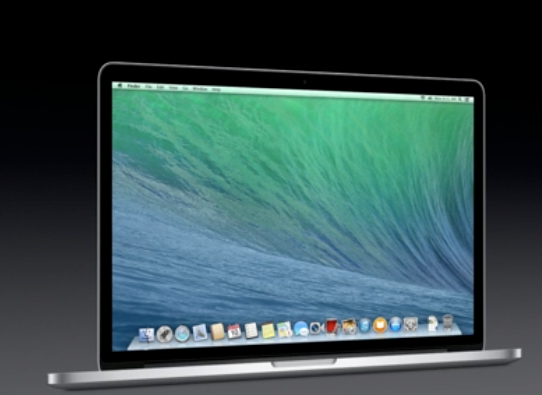
Not to mention I could then also run Photoshop 6 again. Plus, I figured I could really jack up the specs on the emulator which would allow me to play a few more games that my iMac won’t run (it only has 64 MB of RAM). I decided to try to emulate Mac OS 9 on my MacBook Pro so that I wouldn’t always have to start the iMac whenever I felt like playing Age of Empires, Civilization III, the original Tomb Raider or Railroad Tycoon II. Whenever I sit in frontend of that old CRT screen listening to it hum, I always feel a bit like I did back then when I was in school and using AppleWorks on one of these colorful machines to type up my homework - usually some essay first written by hand.īut I digress. They cost more than the physical Hard Drive and offers less storage, but comes with the convenience to access those files over the network.Emulation cannot, of course, replace the experience of actually using the iMac though since it doesn’t give you the full immersion experience of using an authentically vintage computer.

However, if plugging in a hard drive is too much work for you, consider getting a Wi-Fi drive like this one from ScanDisk. And if you want something more compact and much faster, SSDs will do the job pretty well but they do come at a price compared to hard disks.Īnother great thing about them is that you can also use these devices to not only share files between two Macs but even Windows and Android device (using an OTG cable or adapter).

Pen Drives are good for a quick transfer of small files, HDDs are great for sharing very large files (upto 4TB) and also backing up your computer.

Just connect the device to the sender’s Mac, copy the files to it and then connect it to the receiver’s Mac and then copy from the device to the computer. Physical storage devices such as pen drives, external hard disks (HDDs), Solid State Drives (SSDs) have risen in popularity over the last few years owing to the ease of file sharing they offer.


 0 kommentar(er)
0 kommentar(er)
